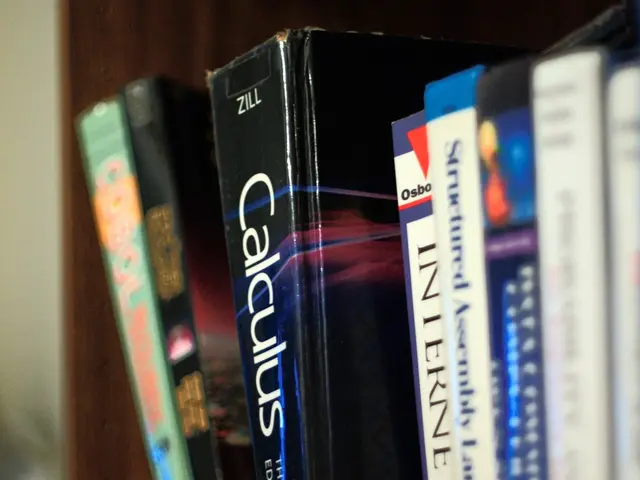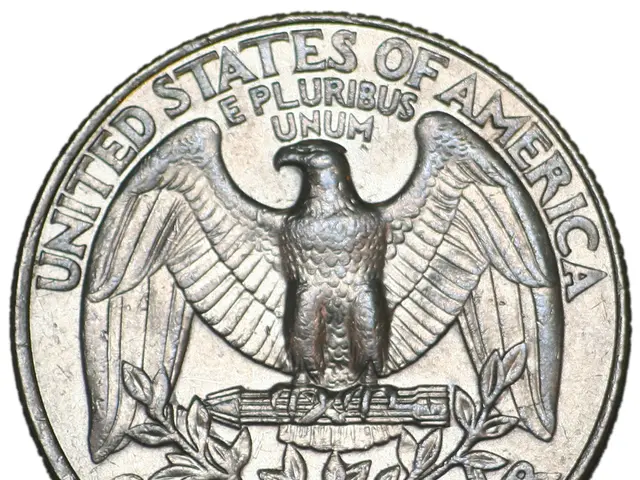International Relations Strengthened at Samarkand Summit: Pursuit of Strategic Alliance Between EU and Central Asia
Busting Barriers in Bold Ways: Analyzing the Central Asia and EU Summit
Get ready for a game-changer! Leaders from Central Asia and the European Union are set to shake things up in Samarkand on April 4, launching a strategic partnership that's been years in the making. This marks the EU's first-ever summit with Central Asia, and it's already creating a buzz!
Experts close to the situation are hailing this as the beginning of a new chapter in EU-Central Asia relations. But what exactly does this mean for everyday people in Central Asia, and how might it impact trade, investment, and infrastructure in the region? To get to the heart of the matter, we spoke to several experts who have been closely following the evolution of EU-Central Asia relations.
A Regional Perspective
From a Central Asian perspective, the summit serves to move the conversation from words to action, institutionalizing cooperation, introducing new initiatives, and reinforcing long-term visions for shared growth, stability, and interconnectivity, as per Javlon Vakhabov, managing director at Tashkent-based International Institute for Central Asia.
The primary focus for Central Asian states, as Vakhabov explains, is achieving tangible outcomes, particularly in trade, investment, infrastructure, green energy, technological development, and political dialogue. The hope is that this summit will result in actionable agreements that enhance market access for Central Asian goods within the European Union while also encouraging EU-backed investments in critical sectors that drive sustainable economic growth.
Connectivity: A Common Priority
In recent years, the EU and Central Asia have achieved significant progress in promoting connectivity. The EU is keen to develop its 300 billion euro (US$332.2 billion) Global Gateway initiative across the region. The Trans-Caspian International Transport Route (TITR) is a key component of this effort, aiming to create a competitive and efficient route connecting Europe and Asia within just 15 days.
The EU's commitment to the TITR is evident: in January 2024, they declared their intention to mobilize 10 billion euros ($11.1 billion) from international financial institutions for the development of the corridor. Moreover, a TITR coordination platform was recently launched in Astana, with the EU increasing support for the corridor through several regional initiatives, including a 30 million euro ($33.2 million) regional transport program for Central Asia and a 28.4 million euro ($31.4 million) Central Asia Prosperity Program.
Despite this progress, the true potential of these initiatives remains limited without the solid foundation of reliable infrastructure to support them.
Shaping the Future: A Balanced Strategy
Experts like Shairbek Dzhuraev, president of Crossroads Central Asia, a Bishkek-based research institute, believe that for lasting connectivity, both the EU and Central Asia need to adopt a balanced strategy that supports not just hard infrastructure, such as transport corridors and railways, but also soft infrastructure, including harmonized regulations, standardized rules, and initiatives designed to promote political stability and peace. Full-fledged connectivity, Dzhuraev argues, requires both parties to look beyond just physical investments.
In essence, the Samarkand summit presents a unique opportunity for the EU and Central Asia to reimagine their relationship, strengthening economic ties, investing in sustainable infrastructure, and moving together towards a more connected, prosperous, and sustainable future.
References:1. https://eu-centralasia.eu/european-union-to-mobilise-10-billion-euros-for-development-of-the-trans-caspian-international-transport-route/2. https://ec.europa.eu/info/sites/info/files/2022-central-asia-strategic-document_en.pdf3. https://www.thestratagem.org/catalyzing-interconnectivity-vision-2045-and-the-way-forward-eu-central-asia-relations/4. https://ec.europa.eu/info/business-economy-euro/ MAC_en/events/archive/eu-central-asia-business-forum-2018_en5. https://ec.europa.eu/commission/presscorner/detail/en/IP_22_2464
- The Samarkand summit, a pivotal moment in EU-Central Asia relations, is poised to escalate diplomacy and politics, fostering a strategic partnership that could reshape energy, finance, and industrial sectors.
- The summit, according to experts, aims to solidify cooperative relationships, introducing new initiatives that will range from trade and investment to infrastructure and green energy, ultimately fostering interconnectivity.
- Central Asian states, such as those in Samarkand, are primarily concerned with achieving tangible outcomes, particularly in areas like energy consumption, technological development, and political dialogue, through the summits and resulting agreements.
- The Trans-Caspian International Transport Route (TITR), a key focus of the EU's 300 billion euro Global Gateway initiative, represents a competitive and efficient connection between Europe and Asia, with the EU committing significant resources to its development.
- To ensure the success of these initiatives and achieve full-fledged connectivity, both the EU and Central Asia need to adopt a balanced strategy that develops both hard infrastructure (such as railways and transport corridors) and soft infrastructure (regulations, rules, and initiatives for stability and peace).









